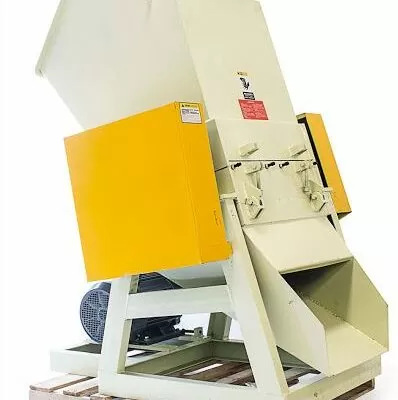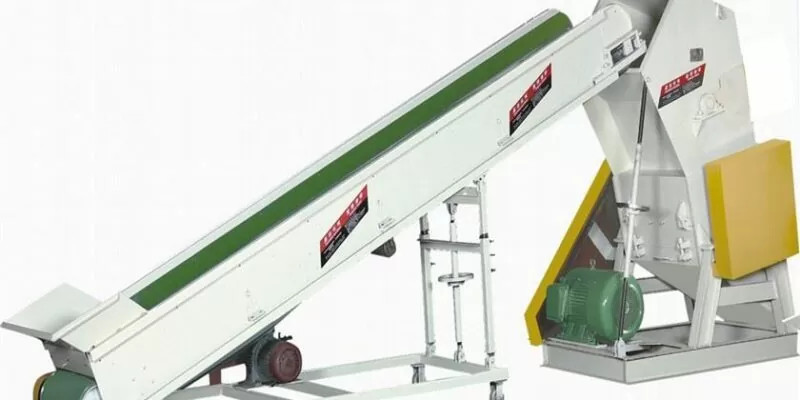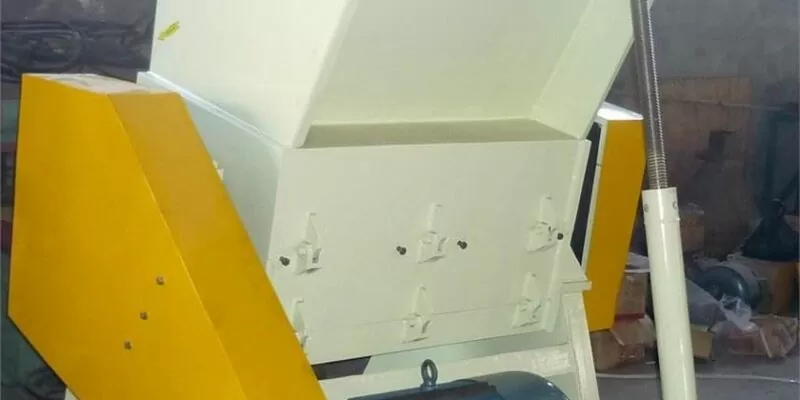Plastic waste piling up like mountains.
Sorting is messy.
Crushing is inefficient.
Recyclers are stressed, environmental officials are panicking, and businesses are bleeding cash handling these “garbage mountains.”
I’ve been there.
Frustrated. Overwhelmed.
Until I decided to flip the script.
Sorting and crushing technology became our secret weapon.
The purpose of waste plastic sorting and crushing technology is to precisely classify mixed plastics and crush them into uniform granules, boosting recycling rates, reducing costs, and ultimately helping us achieve the zero-waste goal. With advanced technology, recycling efficiency can increase by over 30%.
Stick with me — I’ll show you how to turn plastic chaos into smooth, profitable operations!

What is Waste Plastic Sorting and Crushing Technology?
Sorting means separating mixed plastics by material, color, and density.
Crushing means breaking down bulky plastics into small, uniform pieces ready for reuse.
You need both to truly turn “trash into treasure.”
At Amige, we use multi-stage optical sorting combined with high-efficiency crushing systems.
In real-world tests, we achieved over 96% sorting accuracy.
Our crushed particle size stays within a sweet 3–5mm range, ensuring perfect flowability.
Why Are Sorting and Crushing the Key to Zero Waste?
Without accurate sorting, contamination runs wild.
Recycled plastics can’t be reused properly.
Instead, they get downcycled or dumped altogether.
Not ideal for business. Or the planet.
By contrast, efficient sorting and crushing boost recycling rates by up to 35%.
That’s the real engine behind achieving zero waste.
Trust me — we’ve seen the results firsthand.
What Are the Common Sorting Techniques for Waste Plastics?
Sorting plastics isn’t a guessing game anymore.
Today’s sorting toolkit includes:
- Optical sorting (based on color and material)
- Electrostatic separation (based on electrical charge differences)
- Density separation (flotation or gravity methods)
- Near-infrared (NIR) spectroscopy (detecting molecular structures)
We mainly use NIR sorting — with an impressive 98% accuracy.

What Are the Most Common Problems During Crushing?
Crushing might sound simple, but it’s a minefield if you’re not careful.
Here’s what can go wrong:
- Dull blades causing uneven particle sizes
- Heat buildup melting plastics and jamming cutters
- Metal contaminants damaging machines
- Excessive fine powder generation causing dust overload
At Amige, we enforce a strict maintenance SOP to keep crushing efficiency razor-sharp.
How to Design a High-Efficiency Integrated Sorting and Crushing Line?
Efficiency starts with smart layout design.
Here’s the flow I recommend:
- Feeding → Rough screening → Initial optical sorting → Density fine sorting → Pre-crushing
- Then move to fine crushing via the main crusher
- Finally, through screening systems to get qualified granules
This setup boosted our per capita processing volume by 40%.

How to Control the Energy Consumption of Sorting and Crushing?
Saving energy = saving serious money.
Good energy management means faster ROI.
What I do:
- Use high-efficiency variable frequency drives (VFDs) on motors
- Apply twin-roller designs in crushers for better cutting efficiency
- Install auto start-stop sensors on hoppers and conveyors
With these upgrades, we cut line energy consumption by 18%.
What New Technologies Are Enhancing Recycling Efficiency?
Artificial Intelligence is transforming waste recycling.
- Machine vision now sorts up to 1500 pieces per minute
- Deep learning models constantly refine sorting decisions
- IoT sensors monitor temperature, vibration, and energy in real time
- Cloud platforms centralize fault detection and energy reporting
Thanks to smart tech, overall recycling efficiency has jumped by at least 25%.
Why Is “Sorting + Crushing” the Standard for Future Green Factories?
With the global drive toward carbon neutrality, green manufacturing is the future.
Factories aiming for green certifications must focus on source reduction, process efficiency, and resource recovery.
An integrated sorting and crushing system is the backbone of this transformation.
Plus, it helps factories earn higher ESG scores, making them more attractive to international buyers.

Conclusion
Waste plastic sorting and crushing technology isn’t just about recycling anymore.
It’s the foundation for building future-proof, sustainable factories.
At Amige, we used it to break free from plastic chaos.
And it paved our way to zero waste.
